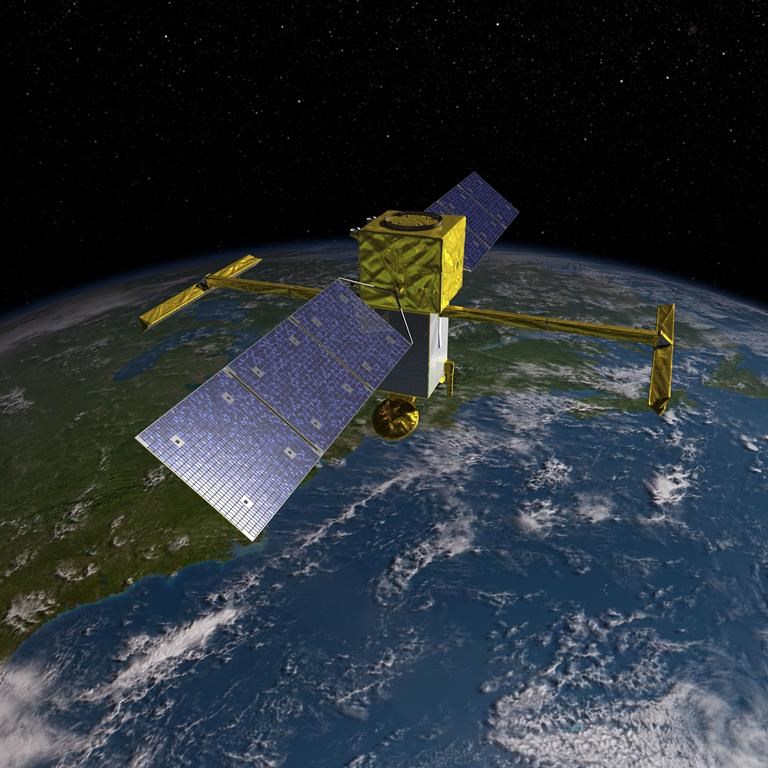Canada-made radar satellite component to be used in global surface water survey
Advertisement
Read this article for free:
or
Already have an account? Log in here »
We need your support!
Local journalism needs your support!
As we navigate through unprecedented times, our journalists are working harder than ever to bring you the latest local updates to keep you safe and informed.
Now, more than ever, we need your support.
Starting at $15.99 plus taxes every four weeks you can access your Brandon Sun online and full access to all content as it appears on our website.
Subscribe Nowor call circulation directly at (204) 727-0527.
Your pledge helps to ensure we provide the news that matters most to your community!
To continue reading, please subscribe:
Add Brandon Sun access to your Free Press subscription for only an additional
$1 for the first 4 weeks*
*Your next subscription payment will increase by $1.00 and you will be charged $20.00 plus GST for four weeks. After four weeks, your payment will increase to $24.00 plus GST every four weeks.
Read unlimited articles for free today:
or
Already have an account? Log in here »
Hey there, time traveller!
This article was published 15/12/2022 (1119 days ago), so information in it may no longer be current.
LONGUEUIL, Que. – A piece of Canadian radar technology will play a key role in a satellite mission scheduled to launch Friday that aims to study almost all of the Earth’s water surfaces and provide data that will be a boon for Canadian researchers.
The Surface Water and Ocean Topography (SWOT) mission is led by NASA and France’s space agency — Centre national d’études spatiale — with contributions from the Canadian and United Kingdom space agencies.
A Canadian-made component of NASA’s radar will generate microwave pulses used to gather precise water measurements and surface information. The set of high-powered extended interaction klystrons, known as EIKs, were built by Ontario-based Communications & Power Industries Canada.

Once in orbit, the satellite will survey 90 per cent of the Earth’s water surfaces and collect data to help researchers inform policies to improve water management and adapt to climate change. By measuring the height of freshwater bodies and the ocean, the satellite will collect data on how warming affects water and how communities can prepare for flooding and drought.
Guoqi Han, a senior research scientist with Fisheries and Oceans Canada, said the new satellite will permit researchers to measure currents big and small. Existing satellites, he said, don’t really study small currents, which are important in climate change research and are responsible for more than 50 per cent of heat and carbon transfers between the atmosphere and the ocean interior.
“SWOT is going to revolutionize our observing ocean surface currents from space — it will be a game-changer,” Han told a briefing at the Canadian Space Agency.
Mélanie Trudel, an associate professor in the civil and building engineering department at Université de Sherbrooke, says SWOT will provide important information on the heights of inland waterways. “SWOT will allow for a level of precision that we don’t have right now,” Trudel said.
One of SWOT’s roles will be to measure how lakes, rivers, reservoirs and oceans are changing. Canada is home to 62 per cent of the world’s lakes.
Environment and Climate Change Canada’s Vincent Fortin said access to the SWOT data will mean more accurate models to make infrastructure more resilient to climate change.
“These will allow us to refine our models that we use to make climatic projections on a global scale but also on a regional scale like in Canada, where we have so many lakes,” Fortin said.
“One can hope that by improving our models, we can have better products like flood maps that are up-to-date and current and projections that will be valid for decades to come.”
The data will help Fisheries and Ocean Canada significantly enhance its ocean monitoring program, with improved understanding of coastal dynamics, as well as ocean and weather forecasting.
It can also help with marine safety and fisheries management.
Han said that for example, the data can help researchers protect the endangered North Atlantic right whale. By studying ocean currents in the Gulf of St. Lawrence, which impact the distribution of zooplankton — the whales’ food — researchers can better understand the animals’ habitat and can advise policymakers on ways to protect the animals from collisions with fishing boats.
The satellite is scheduled to launch aboard a SpaceX Falcon 9 rocket from Vandenberg Space Force Base, in California, early Friday morning.
This report by The Canadian Press was first published Dec. 15, 2022.
